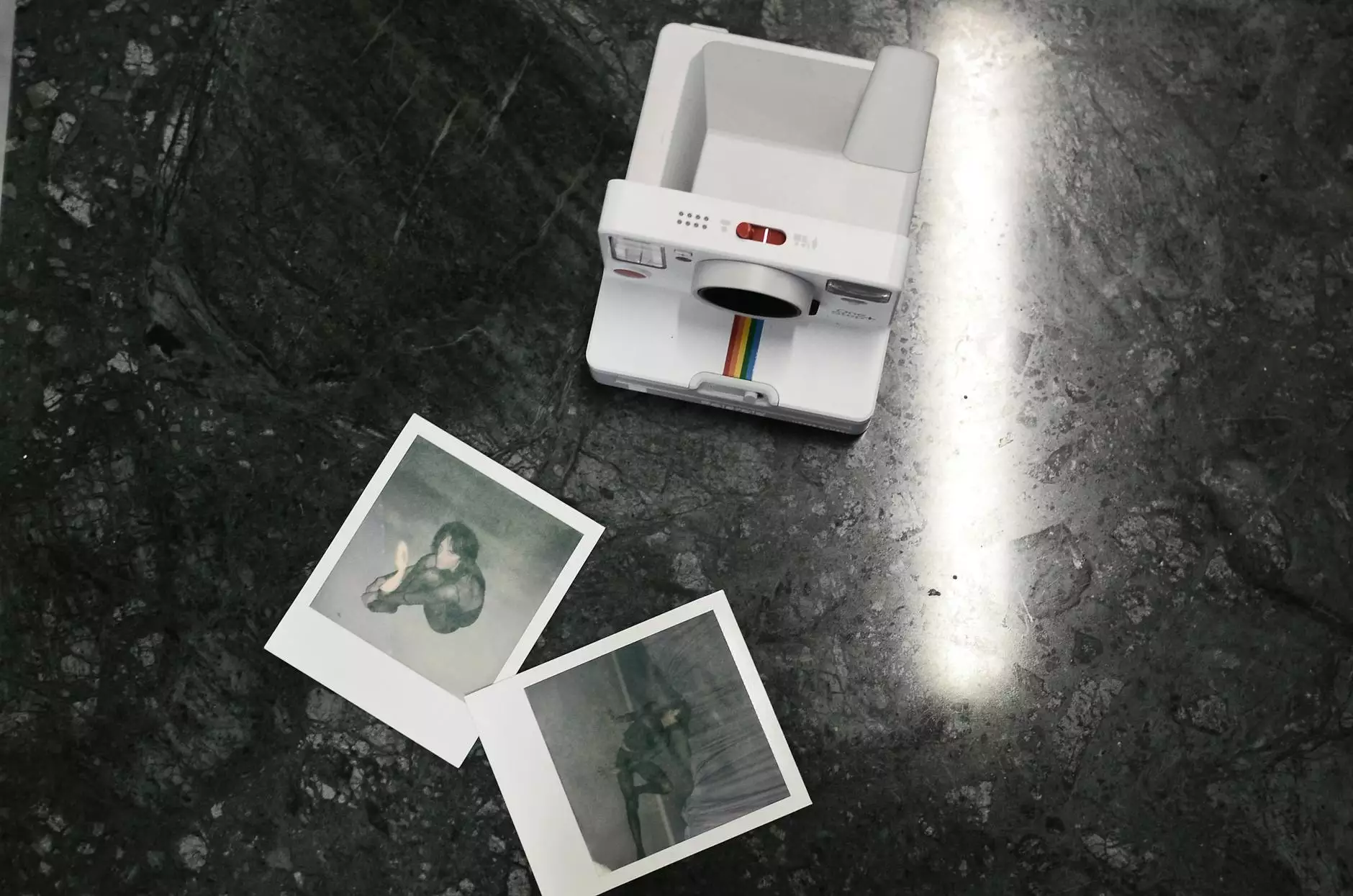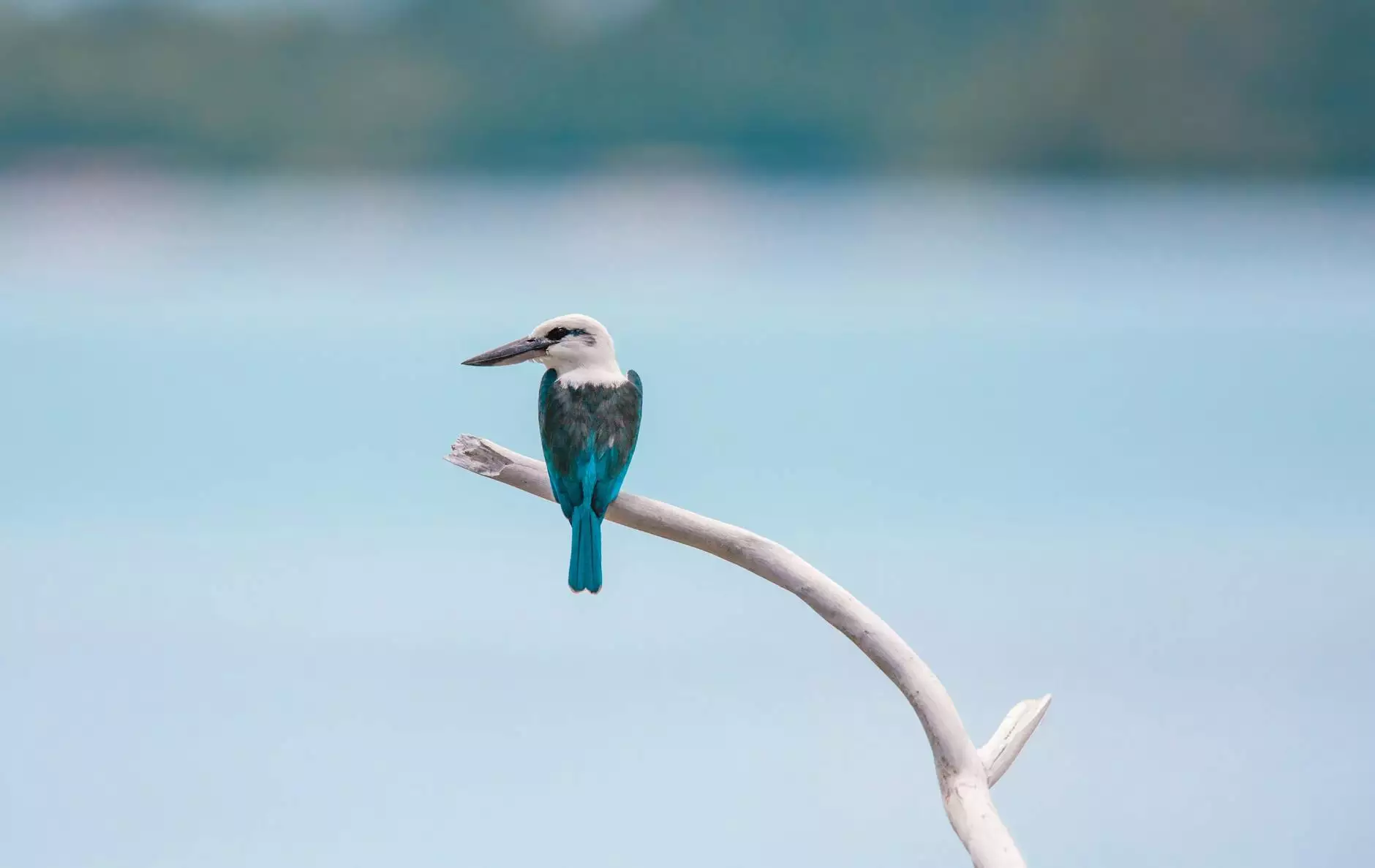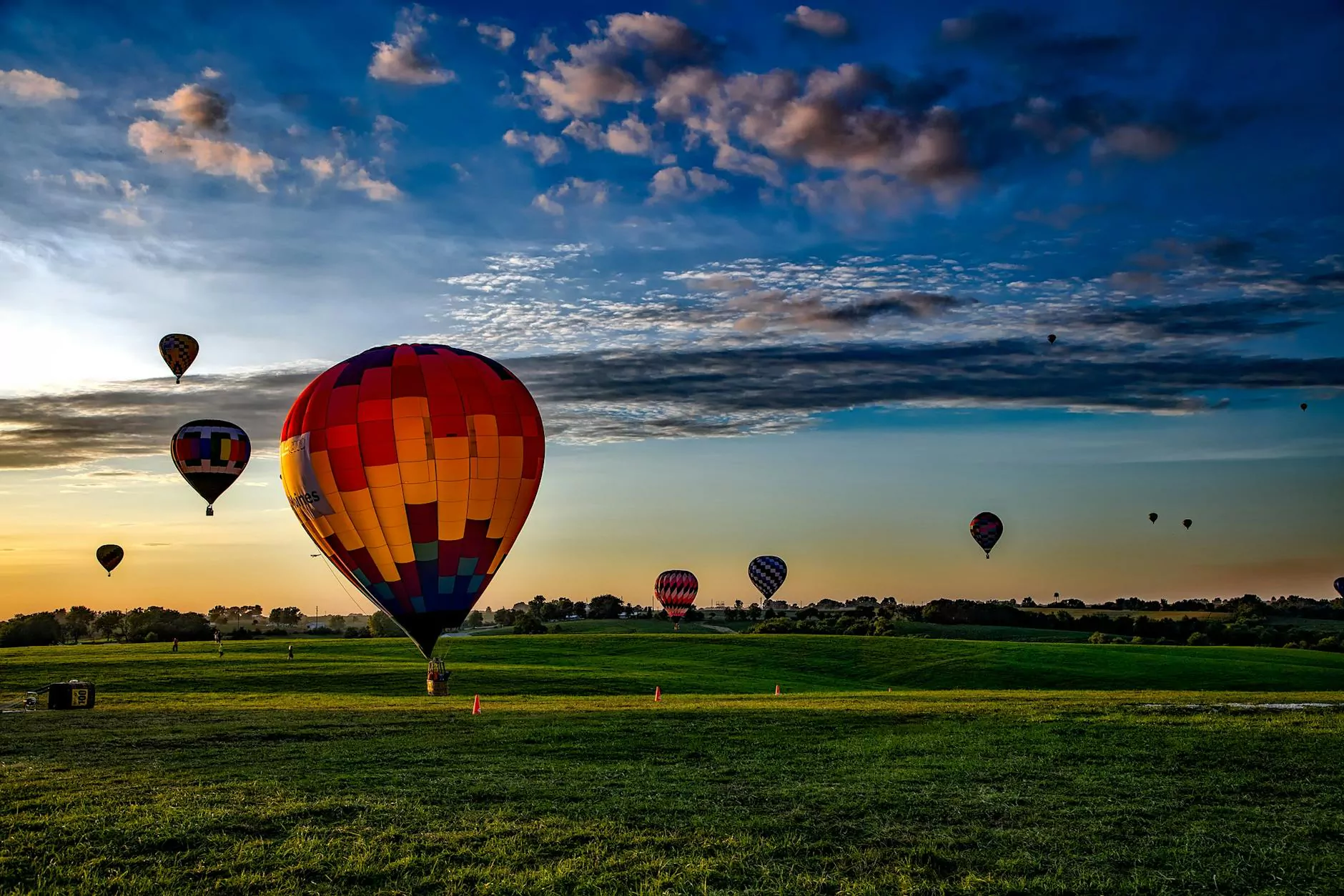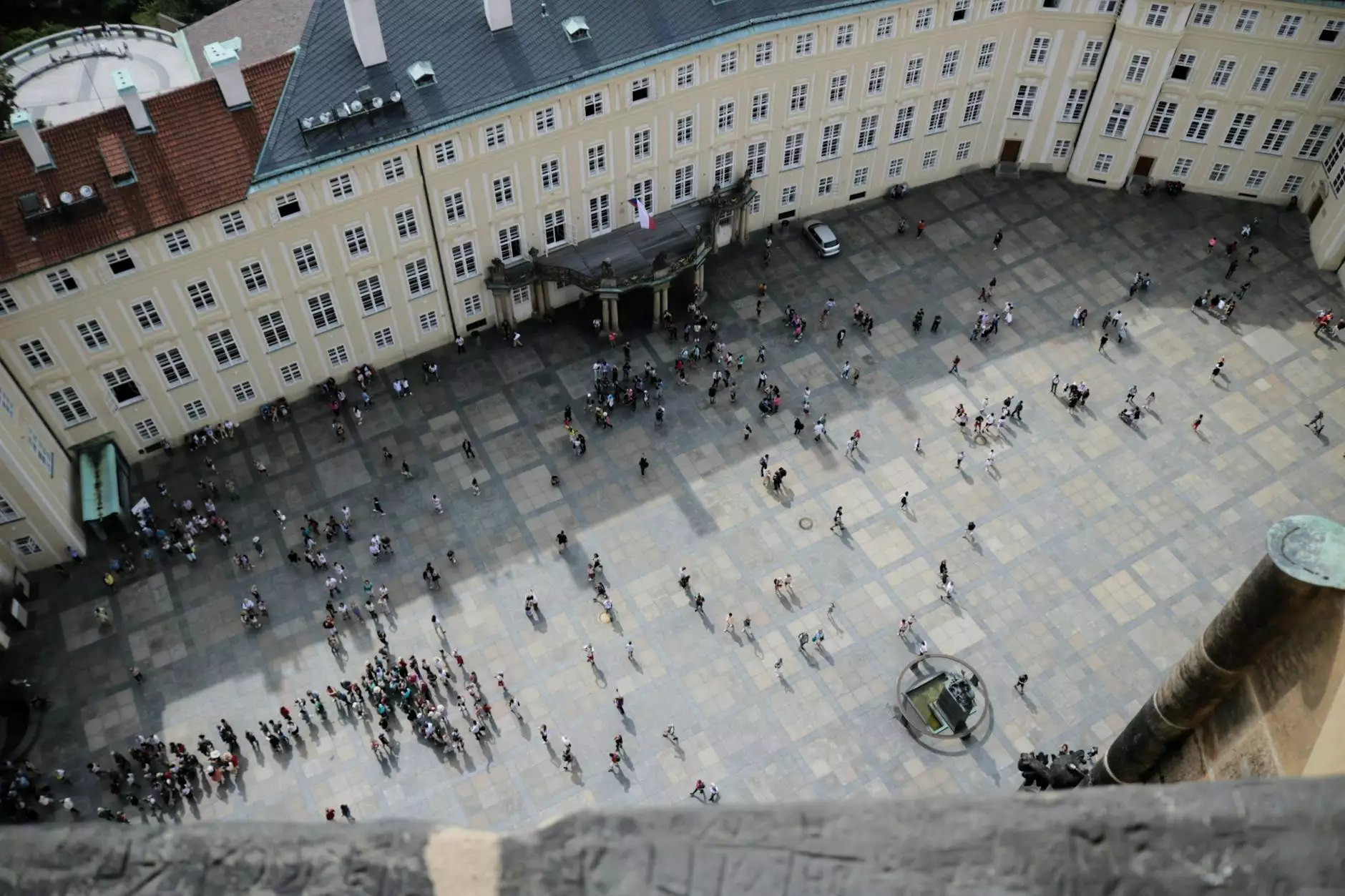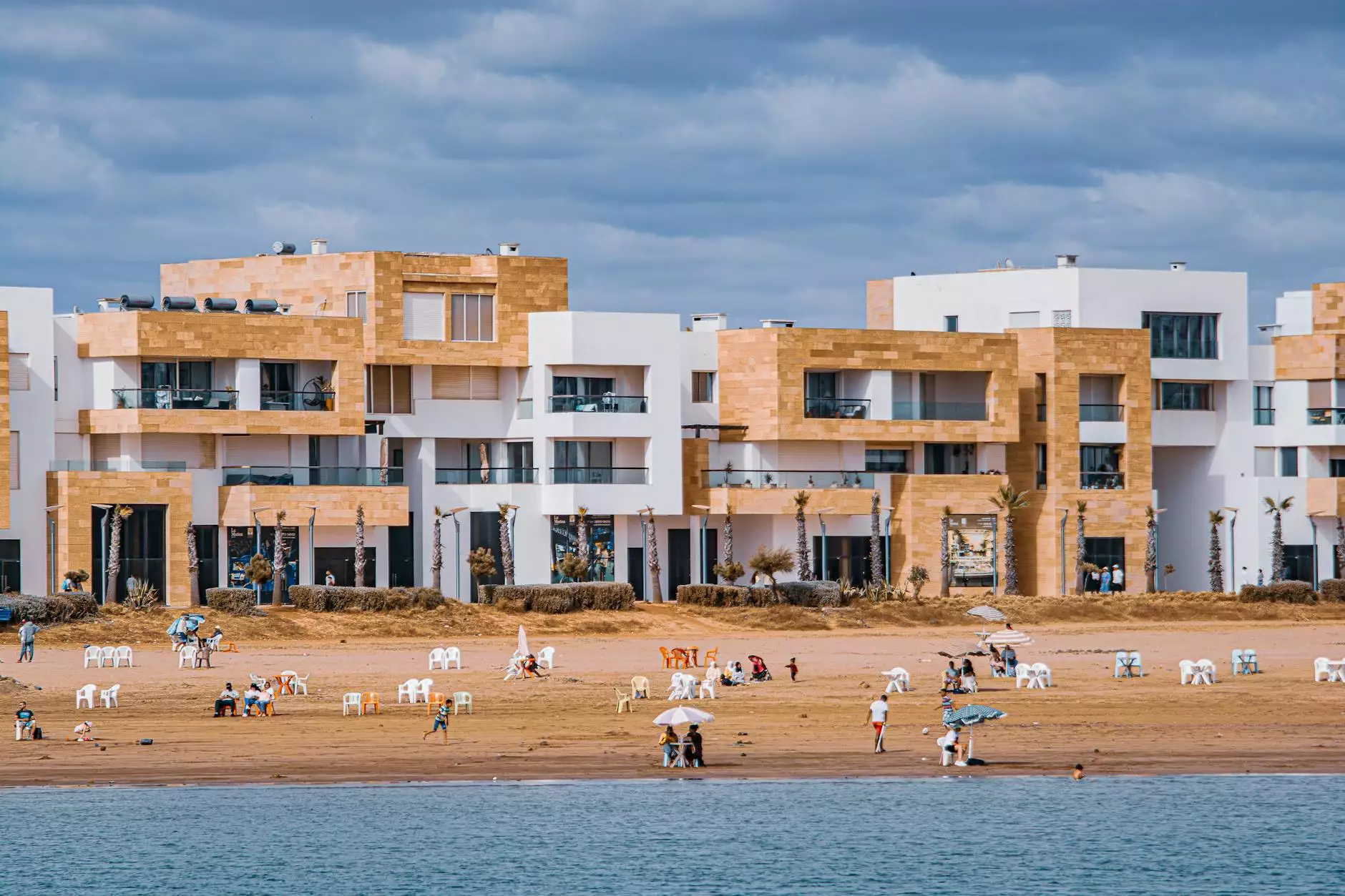Panama-Pacific International Exposition, Robert G. Fowler
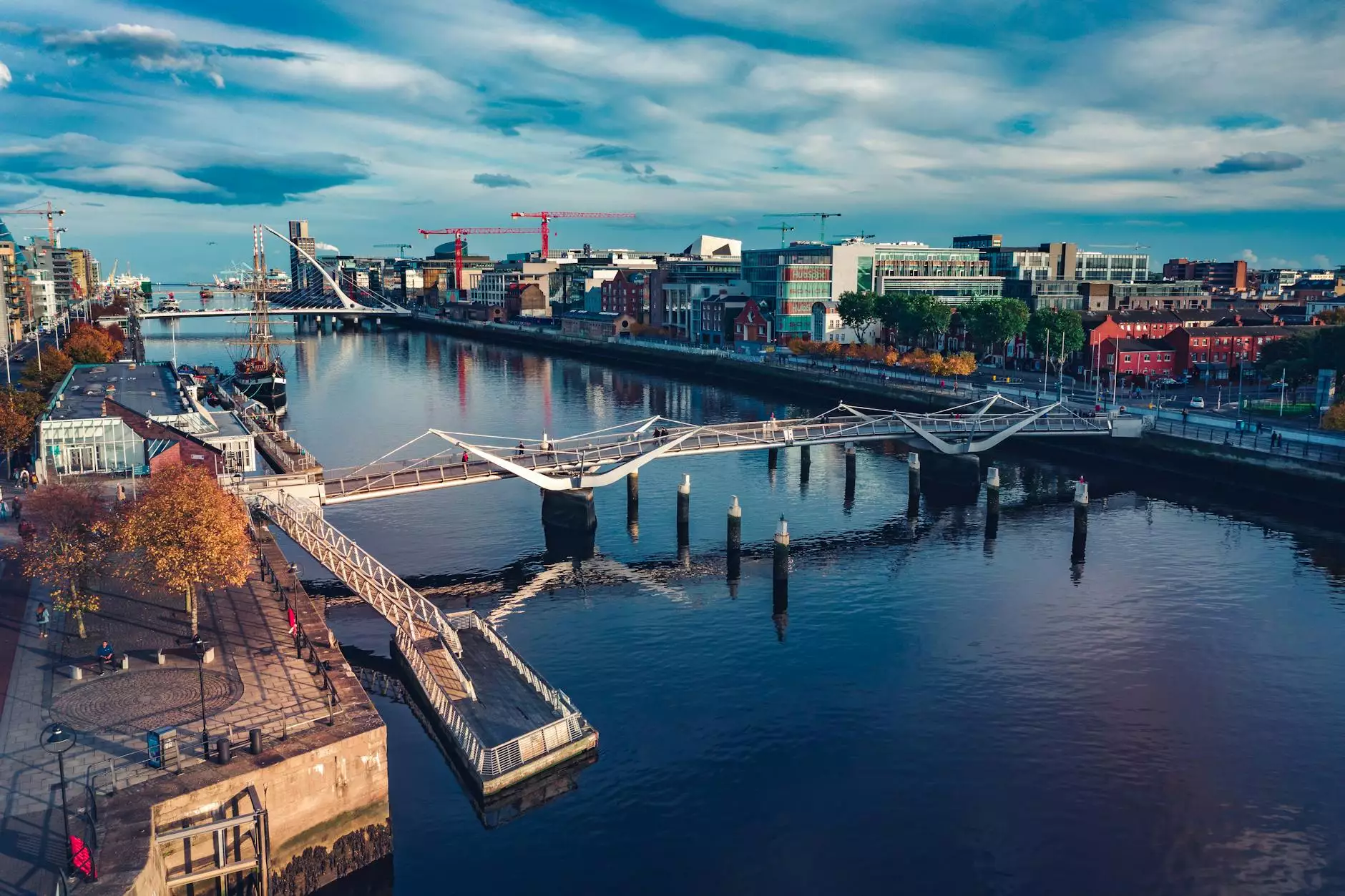
The Panama-Pacific International Exposition
The Panama-Pacific International Exposition, also known as PPIE, was a world's fair held in San Francisco, California, from February 20 to December 4, 1915. It celebrated the completion of the Panama Canal and showcased San Francisco's recovery after the devastating 1906 earthquake.
Organizer: Robert G. Fowler
Robert G. Fowler, a visionary entrepreneur and philanthropist, played a key role in organizing the Panama-Pacific International Exposition. His dedication to promoting cultural exchange and technological advancements culminated in the creation of this grand event that attracted millions of visitors from around the globe.
Cultural Impact
The PPIE had a profound cultural impact, showcasing the best of art, technology, and innovation. It provided a platform for artists, inventors, and intellectuals to gather and showcase their talents, accelerating cultural progress and inspiring future generations. From architecture to visual arts, each exhibit was meticulously curated to captivate and educate visitors.
Exhibits
The Panama-Pacific International Exposition displayed a wide range of exhibits, highlighting different aspects of human achievement. The Palace of Fine Arts, designed by Bernard Maybeck, stood as a stunning testament to the event's architectural grandeur. Within this magnificent structure, visitors could admire masterpieces from renowned artists and sculptors of the time.
The Machinery Palace showcased the latest technological advancements and machinery from around the world. It demonstrated the progress made in industries such as manufacturing, transportation, and agriculture.
Another remarkable exhibit was the Zone of Transportation, which featured various modes of transportation, including automobiles, ships, and trains. Visitors could experience firsthand the cutting-edge transportation technologies and the future of travel.
Legacy
The legacy of the Panama-Pacific International Exposition can still be seen and felt today. This significant event not only contributed to the physical reconstruction of San Francisco but also left a lasting impact on the city's cultural scene. The Palace of Fine Arts, now a beloved cultural landmark, continues to inspire and host various artistic events.
Furthermore, the spirit of innovation and exchange fostered by the PPIE has influenced subsequent world's fairs and international exhibitions, shaping the way we celebrate and appreciate human achievement.
La Historia Society
La Historia Society is a devoted organization that aims to preserve and promote historical knowledge. Our dedication to raising awareness of significant historical events, such as the Panama-Pacific International Exposition, allows us to celebrate and learn from our past. We provide a platform for individuals to engage with history through exhibits, educational programs, and community initiatives.
Community and Society
La Historia Society falls under the category of "Community and Society." We strive to create a sense of unity and understanding by emphasizing the importance of historical events and their impact on society. Through our various programs and projects, we aim to foster a strong community connection and encourage the exploration of our shared heritage.
Conclusion
The Panama-Pacific International Exposition organized by Robert G. Fowler was an extraordinary event that captivated the world with its cultural richness and technological advancements. As a cherished part of history, it continues to inspire and shape our understanding of past achievements. La Historia Society proudly highlights the significance of this exposition and invites you to immerse yourself in its remarkable story.





